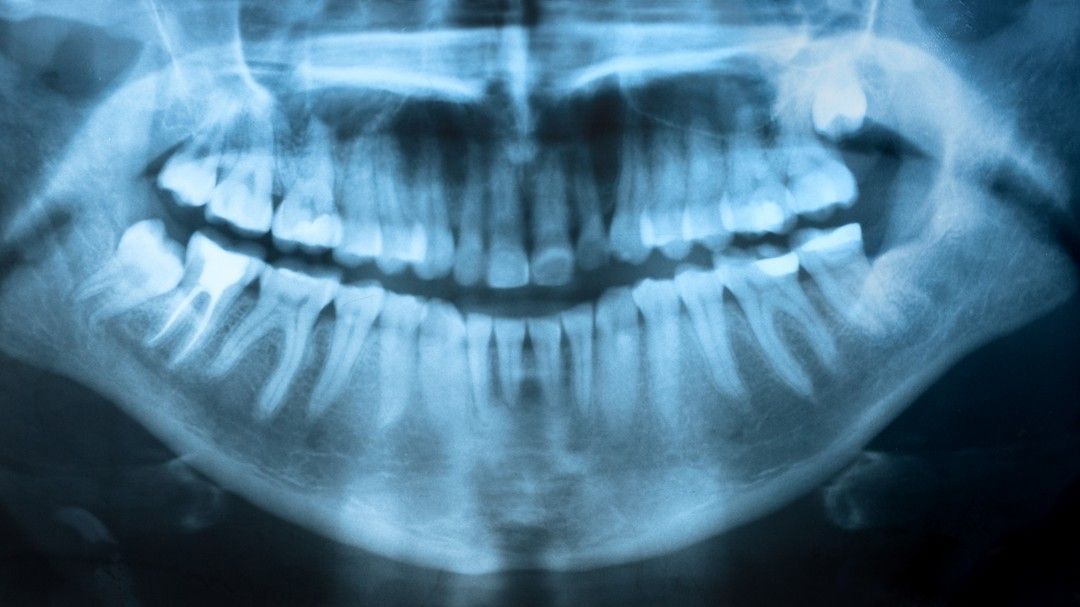Before you can assess whether or not dental x-rays are harmful to the human body, you would first need to understand what the real concern is. As x-rays are a type of electromagnetic radiation, its perceived risks stem from the amount of radiation that a dental or medical patient may be exposed to. To be sure, exposure to any form of radiation is potentially dangerous to health – and x-radiation (x-rays) is no exception. However, while it is true that doctors should exercise extreme caution when sending their patients for diagnostic examinations where x-rays are involved, it is also imperative that the patient understands the amount of radiation they are exposed to, compared with other forms of radiation.
Types Of Dental Radiographs
First of all, we are constantly surrounded by radiation. In terms of natural background radiation, we are exposed to those from the sun, earth and naturally radioactive substances produced in our own body. Depending on the part of the world in which you live, such radiation exposure varies. Radon gas, for example, is a natural environmental hazard, that accounts for more than half of our natural radiation exposure. How does the amount of radiation from dental x-rays compare?
Well, a routine dental examination for 4 bite-wings is estimated to emit 0.005 mSv. That is about the same amount of radiation exposure you get from less than a day’s worth of natural background radiation. You get roughly the same amount from taking a 1-2 hour flight on an airplane. You should also bear in mind that the risks of exposure from dental x-rays are reduced from the use of proper shielding methods employed in the radiography room. Using theoretical calculations, the risk of each intra-oral periapical or bite-wing (x-ray) film inducing fatal cancer or serious hereditary problems is approximately 1 in 10 million.
On the flip-side, the benefits of dental x-ray images are very significant. They reveal useful information about your oral condition that was previously deemed impossible, like areas of decay inside the tooth or below the gum line. Dental x-rays help to prevent multiple outbreaks by detecting decay, tartar build-up and cavities on the side of the tooth, that may be obstructed from physical probes. They help to locate abnormalities like oral cancer, lymphoma and cysts – and even the extent to which they have spread to other parts of the mouth, bones and cavities. They prevent impaction of erupting teeth in children by providing more information about the growth patterns of their tooth and jaws.
By giving a clear purview of problems in the skeletal system, x-rays have saved countless lives in the field of dentistry and medicine. Although the relative risks associated with dental radiography are low, dentists should not treat them lightly but practice safe radiation procedures at all times. Thanks to advanced research and development in radiography technologies, today’s dentists also have the option to use low-dose radiation exposure equipment that benefit not only the patients but also promote the health and safety of dental staff.
For more information on our adoption of x-rays and related procedures, make an appointment to see one of our friendly dentists at North Sydney Dental Practice.
Read our previous post on general oral health topics here: When should kids see a dentist?
